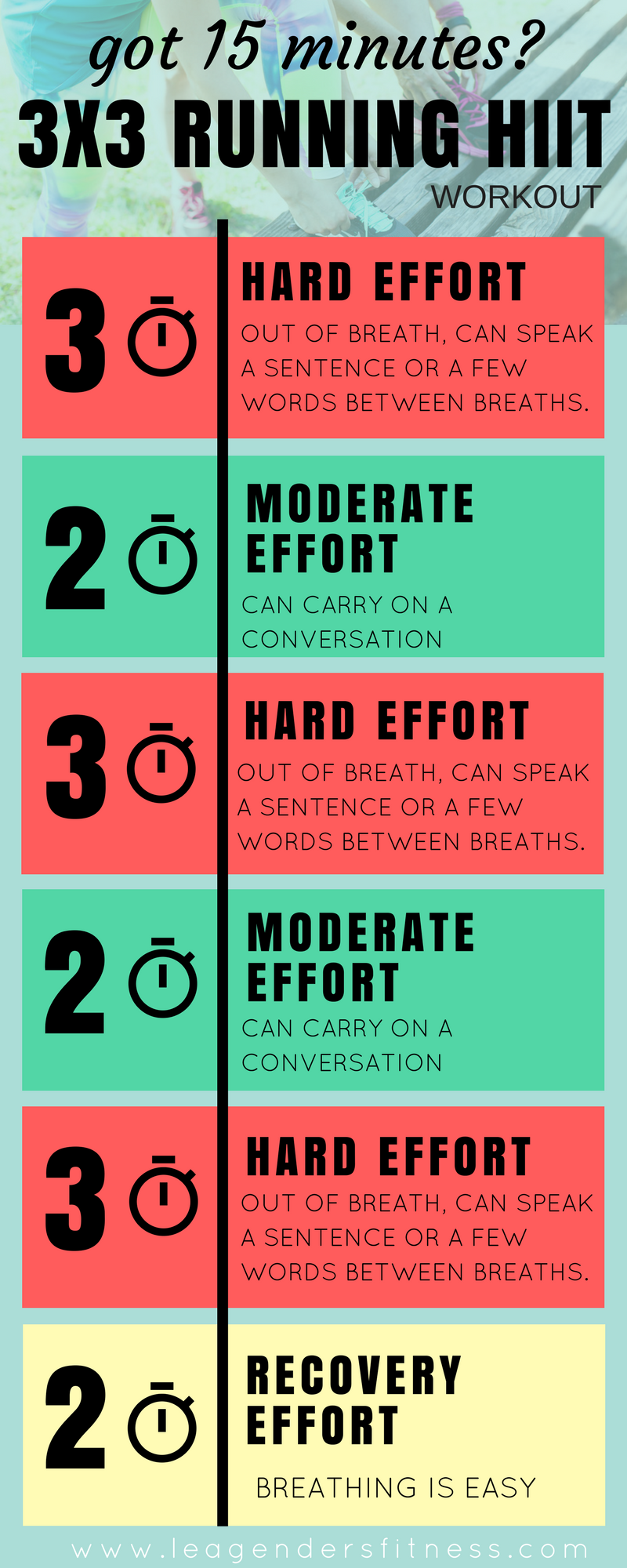Getting Rid Of Pain in Running: Approaches and Methods That Job
Pain is a typical buddy for several runners, typically functioning as a barrier to achieving their wanted goals. Nevertheless, with the ideal strategies and strategies, it is possible to overcome and even avoid the discomfort related to running. By discovering different approaches such as recognizing the different kinds of running discomfort, maximizing footwear and type, integrating cross-training and strength exercises, carrying out efficient healing techniques, and keeping appropriate nutrition and hydration, runners can potentially minimize their discomfort and boost their general running experience.
Understanding Various Kinds Of Running Discomfort

Another kind of running pain is joint pain, which can materialize as a sharp or achy discomfort in locations such as the knees, hips, or ankle joints (running workout). Joint pain might be brought on by factors like improper running kind, overuse, or underlying conditions like arthritis (this page). It is important to distinguish between muscle soreness and joint pain, as the latter might need clinical focus to stop further injury
Comprehending the various kinds of running discomfort is important for efficient management and avoidance approaches to ensure a secure and pleasurable running experience.
Correct Footwear and Running Kind
To optimize performance and decrease the risk of running-related injuries, picking ideal footwear and maintaining proper running type are vital elements for runners of all levels. It is recommended to select running footwear that are specifically designed for the person's foot kind, running stride, and the type of running task they involve in.
:max_bytes(150000):strip_icc()/running-longer-or-faster-31e97070bda14ffc8afdea52094504c7.jpg)
Cross-Training and Toughness Exercises
Stamina workouts, like squats, lunges, and core exercises, play a vital duty in stabilizing muscles and improving running performance. They can remedy muscular tissue discrepancies, improve agility, and boost power output, all of which are important for running performance.
Integrating cross-training and toughness workouts right into a running regimen needs to be done tactically. It is necessary to enable appropriate rest between running sessions and cross-training tasks to stop overuse injuries. Additionally, focusing on proper type and technique throughout strength workouts is key to optimizing their advantages and lowering the risk of injury. By incorporating these aspects into a running routine, runners can construct a more powerful structure, boost efficiency, and delight in a much more sustainable pop over to these guys running experience.
Recovery and Relax Methods
Having developed the value of cross-training and stamina workouts in a thorough running regimen, attention can now be routed towards Healing and Rest Methods as important components for optimizing efficiency and minimizing the danger of injuries. (running workout)
Recuperation after running is crucial for muscular tissue repair work and development. Strategies such as foam rolling, extending, and massage assistance in decreasing muscular tissue pain and boosting flexibility. Appropriate rest between runs permits the body to recuperate and adapt to the physical stress, preventing overuse injuries.
Integrating active healing days into a training timetable, where low-intensity tasks like strolling or cycling are executed, can boost blood circulation and promote healing without placing excess pressure on the muscle mass. Additionally, correct hydration and nourishment play an essential duty in the recuperation process by renewing shed fluids and nutrients.
Quality rest is an additional crucial facet of recovery that ought to not be ignored. Throughout rest, the body goes through repair service and regeneration procedures, adding to overall physical and mental health. By focusing on recovery and rest techniques, joggers can keep ideal efficiency levels and minimize the chance of experiencing discomfort or injuries.
Nourishment and Hydration for Runners
Carbohydrates provide power for running, while healthy proteins help in muscular tissue repair service and healing. Sufficient hydration is additionally crucial to maintain optimal efficiency, as even moderate dehydration can adversely affect running performance. In addition, timing dishes and snacks suitably prior to runs can assist protect against stomach pain and give the needed power for peak efficiency.
Conclusion
Finally, by comprehending the various kinds of running pain, using appropriate footwear, maintaining right running type, integrating cross-training and strength exercises, prioritizing recuperation and remainder, and concentrating on nutrition and hydration, runners can effectively overcome pain and boost their efficiency. Implementing these strategies and techniques can assist joggers protect against injuries, improve their endurance, and eventually appreciate an extra satisfying running experience.